Participating in a 100-mile ultramarathon, roughly 161 kilometers of relentless endurance running, represents one of the most grueling challenges an athlete can undertake. This extreme event not only tests cardiovascular limits and muscular endurance but also imposes profound stress on the skeletal system. While moderate running is widely recognized for its positive impact on bone health—thanks to its weight-bearing nature that promotes bone formation and increases density—ultramarathons push the body into uncharted territory. The effects can be dual-edged: short-term disruptions to bone metabolism during and right after the race, and potential long-term consequences if such feats are repeated without sufficient recovery, nutrition, or training balance.
Although no research has specifically isolated the effects of a single 100-mile run, insights from studies on comparable ultra-endurance events, like 246-km or 308-km races, offer compelling analogies. In this blog, we'll explore these impacts in depth, drawing on both recent and older scientific studies, and compare them to effects seen in long-distance cyclists.
Short-Term Effects: During and Immediately After the Run
The immediate physiological toll of an ultramarathon on bones is primarily characterized by heightened bone resorption and metabolic turnover. As the body endures hours of continuous mechanical loading, inflammation surges, triggering a breakdown in bone tissue. For example, in a study examining a 308-km ultramarathon, researchers observed that markers of bone resorption, such as osteoprotegerin (OPG), skyrocketed by over 150% at the 100-km checkpoint. Meanwhile, bone formation indicators like osteocalcin (OC) plummeted by approximately 60% around the 200-km mark. This creates a temporary "uncoupling" where resorption outstrips formation, potentially resulting in a net loss of bone density in the immediate post-race period, lasting hours to days.
Similar disruptions have been documented in other ultra-endurance contexts. A 2010 investigation into a 246-km continuous race revealed significant alterations in bone metabolism, with elevated resorption markers persisting shortly after completion. Inflammation plays a key role here, as pro-inflammatory cytokines amplify bone breakdown. Additionally, cartilage stress compounds the issue; in the aforementioned 308-km study, cartilage oligomeric matrix protein (COMP) levels surged by up to 194% by the race's end, signaling micro-damage that indirectly burdens bones. This can lead to transient depletions in essential minerals like calcium and phosphorus, further fueling resorption.
Hormonal factors exacerbate these effects. Elevated cortisol and parathyroid hormone during prolonged exertion mobilize calcium from bones to maintain blood levels, supporting muscle function but at the skeleton's expense. A 2014 Stanford study on ultramarathon runners provided a broader glimpse into runner health, noting that while stress fractures were relatively rare (affecting only 3.7% of injured participants), the acute metabolic shifts could set the stage for vulnerability if not addressed.
Fortunately, these changes are often reversible. Recovery typically begins within days, with markers normalizing as the body rests. However, factors like inadequate hydration, electrolyte imbalances, or poor post-race nutrition can extend this recovery window, potentially turning short-term dips into more persistent issues.
Recent research reinforces these findings. A 2021 Frontiers article on the consequences of ultramarathon training and competition highlighted how such events induce systemic inflammation and motor system strain, including bones, with recovery influenced by individual factors like age and fitness level. An even more current 2024 piece from Marathon Handbook suggests that while running can strengthen bones overall, extreme distances may tip the balance toward damage in the acute phase. Older studies, such as the 2012 PMC article on the 308-km race, laid the groundwork by quantifying these metabolic uncouplings, showing consistency over time.
Long-Term Effects: With Repeated Exposure or High Training Volume
Over time, the cumulative impact of ultramarathons or intense training regimens—often exceeding 100 km per week—can lead to more concerning outcomes, including reduced bone mineral density (BMD). A 2021 PMC study on high-level endurance runners found that these athletes exhibited lower BMD in critical areas like the lumbar spine and femoral neck compared to moderately active or sedentary individuals. This suggests a threshold effect: while moderate running bolsters bones, excessive volume may reverse these benefits, heightening risks for osteopenia or osteoporosis. In male ultramarathoners, lumbar spine BMD was 9% lower than in non-athletes, often linked to chronic energy deficits from high caloric expenditure.
Site-specific variations add nuance. Weight-bearing sites like the legs may retain some advantages—a 2016 study noted 4% higher BMD in female runners' lower limbs—but non-loaded areas, such as the spine, suffer disproportionately. This disparity increases susceptibility to stress injuries; a 2021 Women's Running article reported a 24% lifetime prevalence of bone stress fractures among female ultrarunners. Repeated events without recovery amplify this, as chronic inflammation and hormonal imbalances erode bone integrity.
A 2021 piece from Inform Health emphasized that ultra-marathon running might be particularly detrimental for middle-aged men's bone health, based on emerging evidence. Older research, like the 2010 study on the 246-km race, showed that while high-impact activities benefit bone geometry in youth, long-term ultra-endurance may negate this in adults. Overall, ultrarunners face elevated fracture risks due to these patterns.
Comparative Effects on Long-Distance Cyclists
While ultramarathon running involves high-impact loading that can both build and break bones, long-distance cycling—such as 50-100 mile rides—presents a different profile as a non-weight-bearing activity. Studies consistently show that cyclists experience similar or even more pronounced bone density losses, lacking the osteogenic stimulus of impact. A 2012 systematic review in BMC Medicine analyzed 31 studies and concluded that road cyclists have lower BMD, especially in the lumbar spine, due to prolonged seated positions and minimal skeletal loading.
Recent research echoes this. A 2023 PMC study on professional cyclists found that just one season of high-volume training led to significant BMD decreases in the legs, trunk, ribs, and pelvis. Elite cyclists often exhibit bone densities akin to those of 70-year-olds, as noted in a 2021 MySportscience article.
For recreational riders covering 50-100 miles regularly, the effects mirror those in runners with excessive volume: energy deficits and low mechanical stress contribute to resorption. A 2019 New York Times piece highlighted that low-impact sports like cycling put bones at risk, with master cyclists showing higher osteoporosis rates.
A 2016 study compared cycling to running, finding cyclists had consistently lower BMD across sites. More recent 2023 articles from Bicycling and Bone & Joint report that 64% of male cyclists have low BMD, increasing fracture risks similar to ultrarunners. A 2025 study on exercise interventions for low-impact athletes like cyclists underscores the need for supplementary weight-bearing activities to counteract losses. In essence, while runners might see site-specific gains, cyclists face broader deficits, but both endurance pursuits can lead to comparable long-term BMD reductions if unmanaged.
Moderating Factors and Mitigation Strategies
Positive outcomes are achievable with balanced approaches. Running outperforms non-weight-bearing sports like cycling for bone health, as per the 2016 study. For older "masters" athletes, incorporating resistance training and vitamin D can offset declines, as suggested in recent 2025 research on vitamin D supplementation in ultramarathons. Diet is crucial: adequate calories, calcium (1,000-1,200 mg daily), and vitamin D (600-800 IU) support recovery.
To minimize bone density loss, supplements from the Xendurance line offer targeted support. The Extreme Endurance supplement contains calcium carbonate to strengthen bones and magnesium to enhance muscle and body function, reducing inflammation via papain. Taken twice daily, it aids recovery and may help maintain BMD during high-volume training. The Omega+D3 formula provides high-dose vitamin D (4,000 IU in some bundles), essential for calcium absorption and bone metabolism, combating deficiencies common in endurance athletes. Collagen & Greens supports bone density directly through collagen, which bolsters structural integrity and helps prevent fractures.
Endurance at What Cost? Final Thoughts on Skeletal Health
In conclusion, a single 100-mile ultramarathon likely induces acute bone resorption and a temporary density dip, recoverable with rest and nutrition. Repeated events, however, risk chronic BMD loss and injuries, akin to patterns in long-distance cyclists who face even greater challenges due to the low-impact nature. Age, sex, diet, and cross-training modulate outcomes. Xendurance products like Extreme Endurance, Omega+D3, and Collagen & Greens provide practical tools to help safeguard bones. Always consult a physician before ultra-events, considering personalized scans. With smart strategies, endurance athletes can thrive without sacrificing skeletal health.



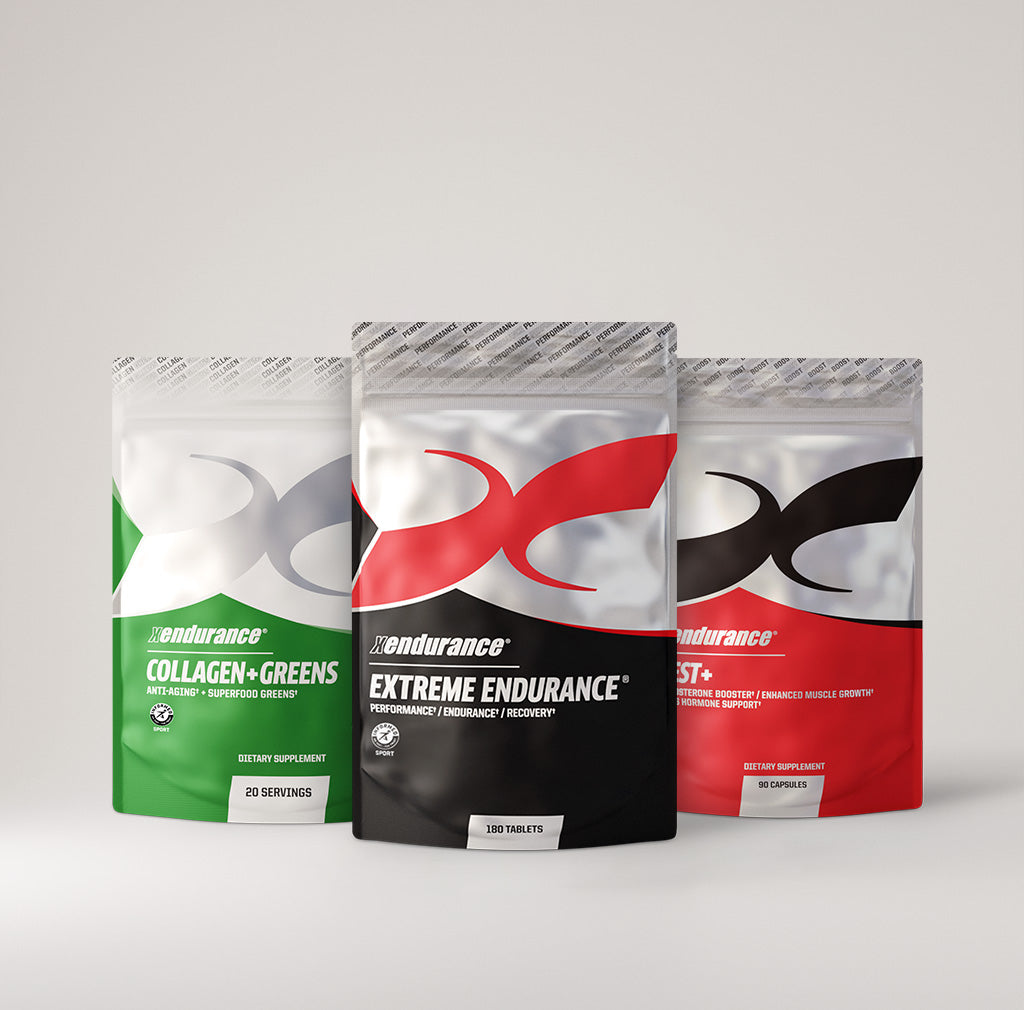
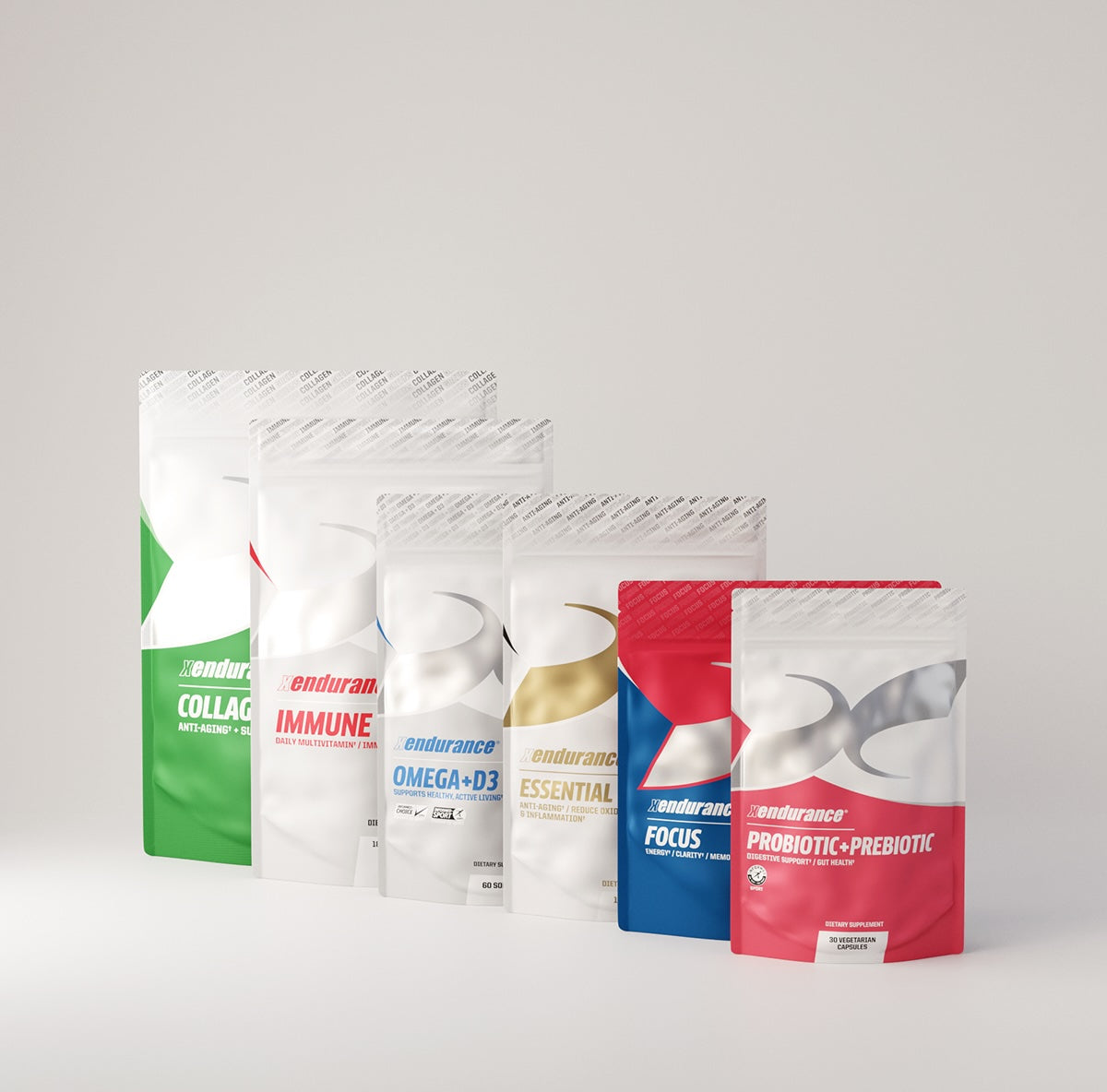
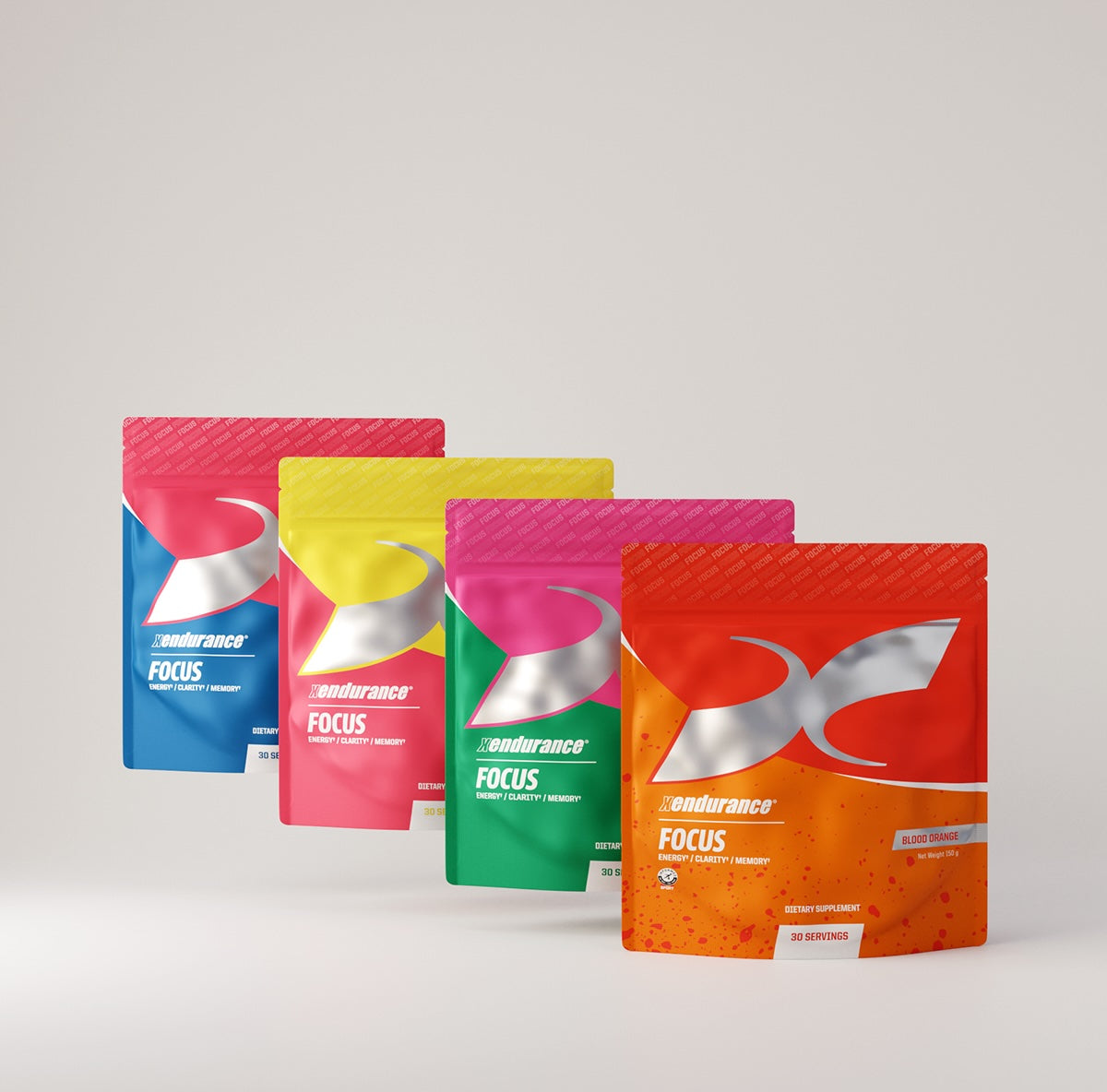
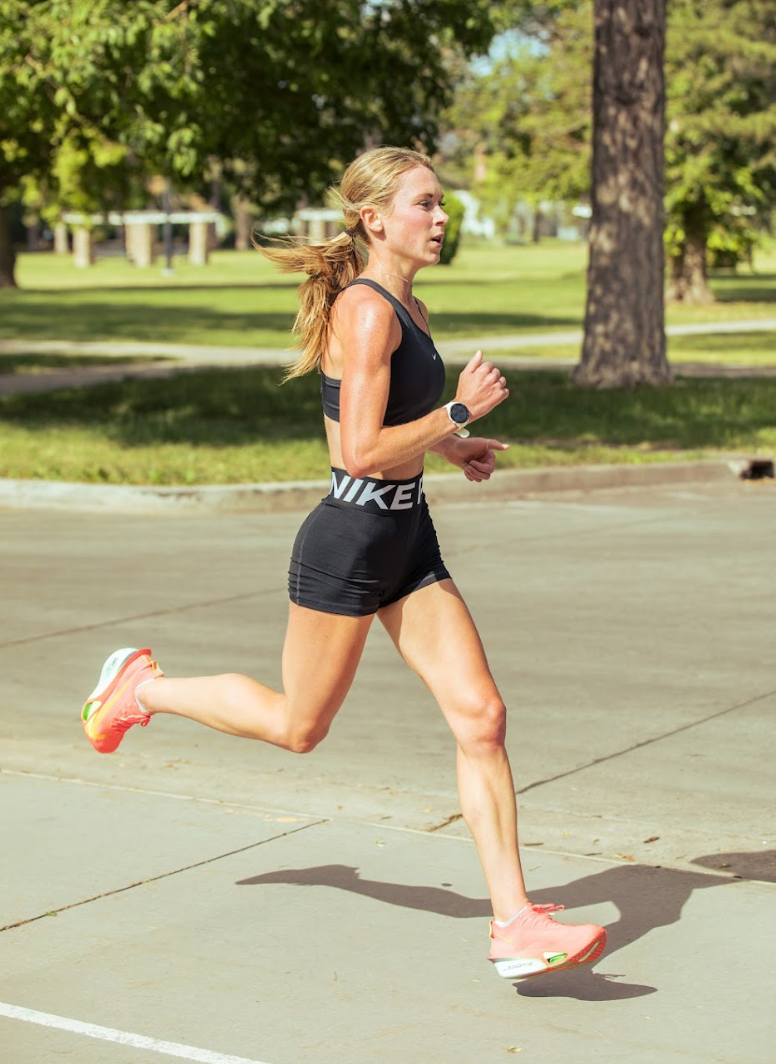
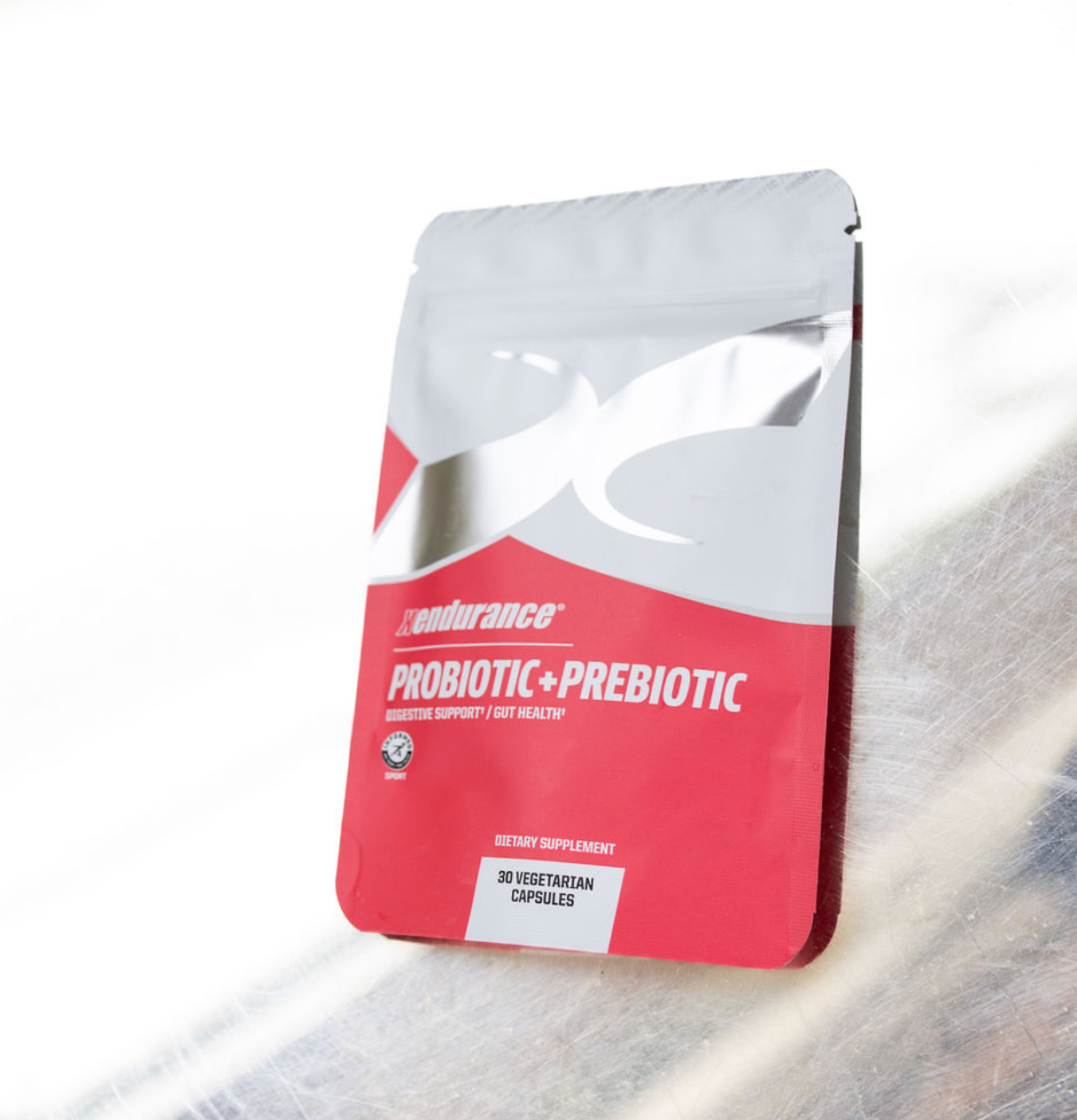

コメントを書く
このサイトはhCaptchaによって保護されており、hCaptchaプライバシーポリシーおよび利用規約が適用されます。